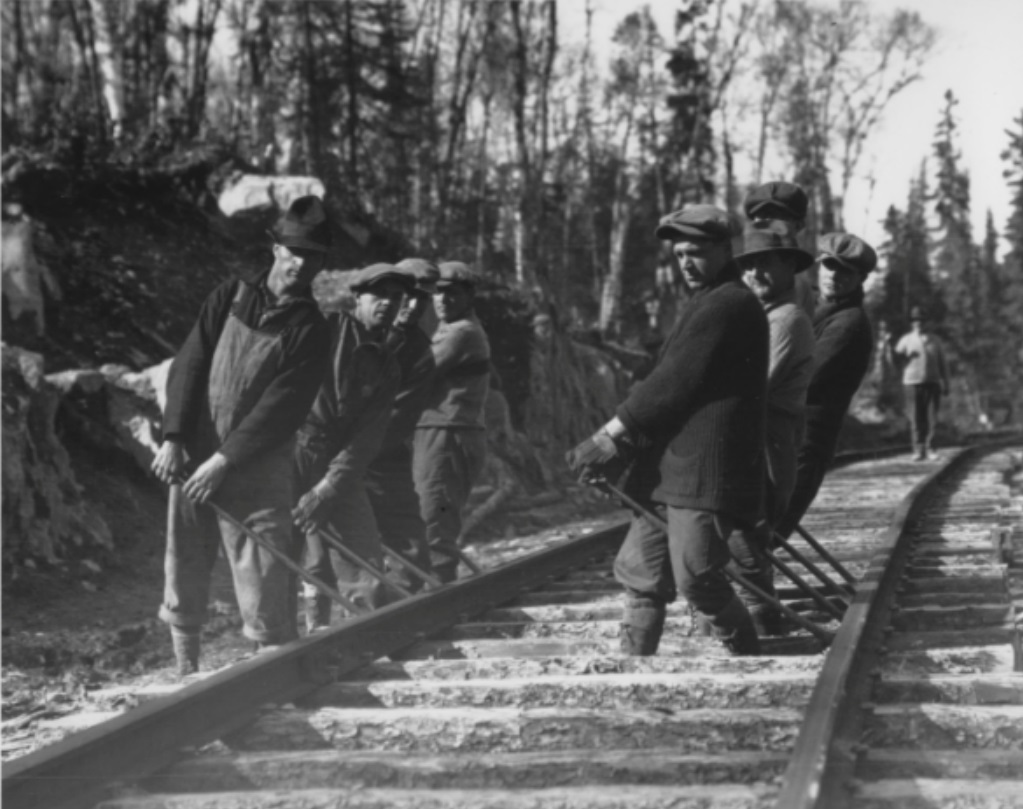Interview With Sociologist Jean-Philippe Rioux-Blanchet

Date of the interview: 2019
Credits: Société d’histoire de Malartic
Title of the photograph: Eight men laying the tracks for the Rouyn-Noranda railway
Date of the photograph: 1926-1927
Credits of the photograph: BAnQ Rouyn-Noranda, Canadian National fonds. 08Y,P213,P321
Interview with sociologist Jean-Philippe Rioux-Blanchet about the two waves of international immigration to Abitibi.
Mr. Jean-Philippe Rioux-Blanchet: “Abitibi-Témiscamingue had two important waves of immigration. The first wave was at the forefront of the pioneering push in Northeastern Ontario. Mining was already established. There was a large cosmopolitan population. They had come over working on the railroad. These labourers showed a great cultural diversity. The mining situation in Ontario favoured their arrival. This workforce was very diverse. It resembled the first wave of settlers in Abitibi. The second wave would, all told, reflect the ongoing grab for labour on the part of the mining companies. They became more daring, selecting their workers in Europe. Most countries were reconstructing after the end of World War ll. Life was going back to normal. People were looking for jobs. Canadian companies then hired many immigrants in war-torn countries, including in Eastern Europe.”

